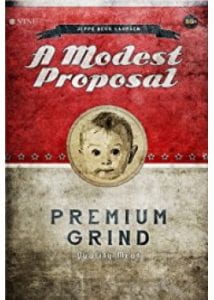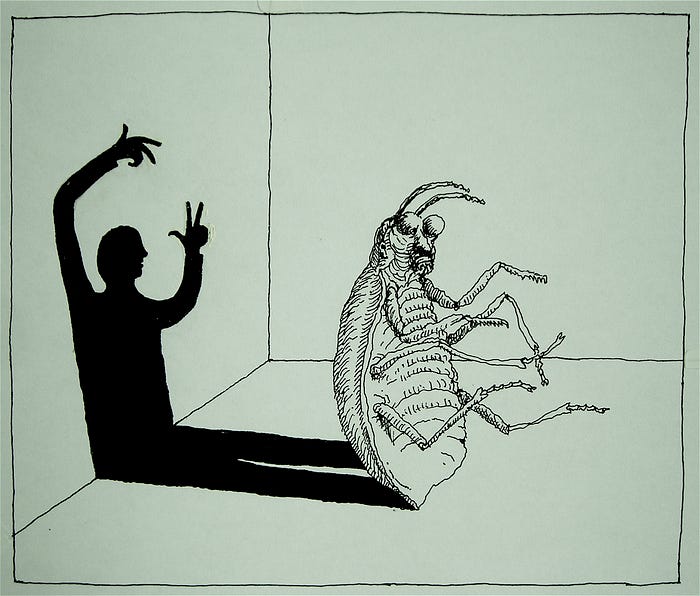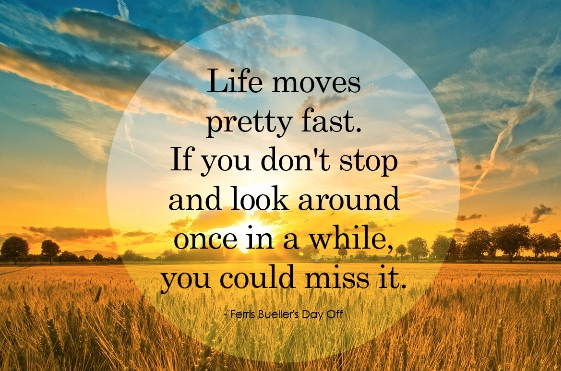
You can feel it in the air! As the temperature drops, fall storms move in, and leaves begin to turn, it’s time to kick off preparation for the 12th Annual Great BTWHSPVA Pumpkin Debate, which truly is — no snark — the best of times, the time every BTW student lives for, the time all other English students envy. As we get started, it’s time to dust off our argumentative “skeleton,” our classical Aristotelian argumentative structure, again, and dress it up with some more Required Writing Elements.  Then, you’ll work with a team to employ all this newfound knowledge by creating a response to the standing Great BTWHSPVA Annual Pumpkin Debate topic:
Then, you’ll work with a team to employ all this newfound knowledge by creating a response to the standing Great BTWHSPVA Annual Pumpkin Debate topic:
Should the beautiful pumpkins pictured below be allowed to live, pristine and untouched, to serve as a harbinger of the harvest season, or should it be carved into a Halloween jack-o’-lantern? Plot twist: You won’t get to select your side in this debate. You’ll select your team, then I’ll assign your team a side to prepare.
Brace yourself! It’s spooky how much your writing will improve once we beef up our argumentative approach and work on sentence structure!
This Week’s Assignments:
FIRST: Reply to this post with the full name of every member, along with your class period, as a comment below, stating that you’ve read and understand the assignment thus far.
SECOND: Working with your group, and starting in the library on Monday, 10.3 (A Day) and Tuesday, 10.4 (B Day) begin creating — and share with me by the end of the week — a Google slides deck comprising all parts of the Aristotelian argument, one slide per each part of the argument, complete with appropriate illustrations — for your assigned side. (As you work, you may add as many slides as you need, I just want to make sure you’re setting yourself up for success from the beginning).
You’ll start by researching pumpkin facts and debate angles in class, but as a group, you’ll likely need to work outside of class to create a solid argument. Previous efforts have included pumpkin-farming information, farm subsidies related to pumpkins, landfill estimates related to the carving of pumpkins, the history of the jack-o-lantern, sales data for fake foam pumpkins and, even, excerpts from an interview on enterprising team conducted with an actual pumpkin farmer they identified on the internet.
You’ll also need to identify which team members will deliver which parts of your argument. Every team member needs to participate in the delivery of the debate. Further, you’ll need to be ready to cross-examine the other side in your debate AND be cross-examined by them on Debate Day, October 26 (A Day)/October 27 (B Day). Time limits for the debate will be announced next week.
CRUCIAL INSIDER INFO: This debate gets a little more cuthroat each year. Costumes get worn. Special T-shirts have been ordered. Chants from the Lion King have been deployed. Smack talk rules the week before the big day. Bribery of your outside lawyer and business-community judges — from pumpkin spice lattes to homemade pumpkin bread to pumpkin treats of all kinds — isn’t just tolerated, it’s encouraged in the spirit of the season.
I’ll provide more info in class, but that’s more than enough to get you started.
THIRD: We’ll work back in Room 112/113 on Wednesday and Thursday to continue our group analysis of the Dodge Ram Trucks 2013 Superbowl commercial.

FOURTH: Don’t forget to order your copy of Frankel and Kang’s Facebook takedown book, An Ugly Truth, for your book check on 10.11 (A Day)/10.2 (B Day).
FIFTH: Celebrate the glorious Halloween season — and better weather — by watching David S. Pumpkins and his skeleton friends do their thing. Still the best thing Halloween in a long while. And with that, you’ll have dropped the mic on another week in Lang.
You have two jobs today: 1) bookmark this site and 2) comment below for a daily grade. Comment using your FULL name, last name first, first name last — and note that you DON’T have to set up a blog here, you’ll simply be coming here for assignments, tips and notes, or to comment on things I post here. In today’s post, introduce yourself to me and the class. Include nicknames, pronouns, favorite color, favorite artist (of any variety), favorite food, and a dad joke.



 As we’ll discuss in class, most scholars consider Jonathan Swift’s
As we’ll discuss in class, most scholars consider Jonathan Swift’s 

 Then, you’ll work with a team to employ all this newfound knowledge by creating a response to the standing Great BTWHSPVA Annual Pumpkin Debate topic:
Then, you’ll work with a team to employ all this newfound knowledge by creating a response to the standing Great BTWHSPVA Annual Pumpkin Debate topic:






 Slow Project Requirements
Slow Project Requirements